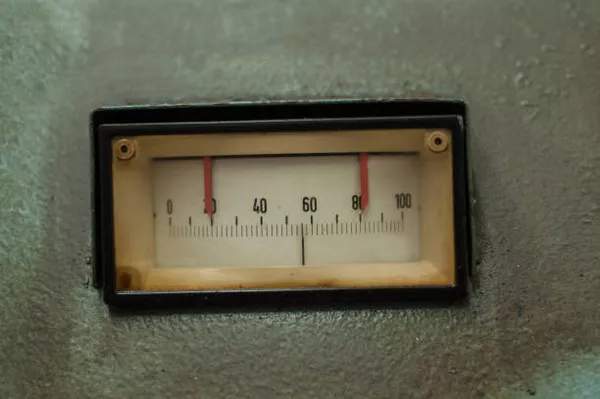For industrial processors and manufacturers, composition analyzers are vital tools in laboratories and production lines. These devices can assess the makeup, efficacy, and quality of products, and are instrumental in evaluating a wide range of components including moisture, proteins, fats, oils, contaminants, BTU, water activity, carbon content, film thickness, and coat weight.
“Composition analyzers provide highly accurate testing, significantly enhancing precision and accuracy. Properly calibrated, they can be used throughout the product development cycle—from R&D to production—ensuring quality outcomes. They can detect harmful contaminants or flaws during development and production, preventing defective products from reaching consumers,” stated John Bogart, Managing Director of Kett US, a manufacturer of comprehensive organic composition analyzers.
Traditional testing methods to determine a sample’s composition can be labor-intensive and time-consuming, leading to increased costs in testing, development, and quality control. Expenses accumulate from performing tests, delaying operations while awaiting results, and purchasing and disposing of consumable products like reagents and chemicals.
The repercussions of insufficient testing due to lengthy test cycles can be severe, potentially resulting in undetected contamination or product flaws, recalls, and a damaged reputation.
However, with the right instruments and strategic planning, lengthy test cycles can be significantly reduced, saving time and money while enhancing quality control.
“Using advanced instruments like Near Infrared (NIR) composition analyzers that deliver almost instant, lab-quality results can make a substantial difference during development and production. This monitoring is crucial not only for precision and correct composition but also for safety and compliance,” said Bogart. He noted that simplifying the process allows manufacturers to improve product quality from raw input through to end-product manufacturing and distribution.
Advantages of Rapid Composition Analysis
Conventional testing equipment often requires labor-intensive sample preparation. Even after preparation, waiting times for results can be lengthy. For example, moisture content tests with traditional analyzers can take 5 to 15 minutes. More complex chemical testing, such as for water activity, protein, fat, and ash content, can extend to 24 to 48 hours.
These delays hinder R&D and product development and allow flaws to persist in production, potentially leading to non-compliance, rejections, or recalls. Slow test cycles can be particularly burdensome for processors and manufacturers that require routine or recurrent testing as part of ongoing quality assurance.
In contrast, NIR composition analyzers provide accurate results in a fraction of the time required by traditional methods. These instruments can take readings directly from the product stream or test subject, using models like Kett’s BS-F1700 Compact Fiber Beat Sensor. Light transmitted through or reflected off the sample is measured for absorbance, which is then converted into component values based on precise calibrations.
“NIR spectroscopy offers non-destructive, real-time laboratory quality readings, often without sample preparation or contact. These instruments deliver precise, virtually instant readings of moisture and full-spectrum composition analysis,” said Bogart.
This full-spectrum testing enables users to measure a broad range of factors in real-time, with initial instrument calibration being the only requirement. Subsequent readings are nearly instantaneous, dramatically reducing test cycle times and associated costs.
“Switching to NIR composition analyzers can reduce testing costs by up to 90%. This reduction comes from decreased labor and payroll for each test cycle, the elimination of chemical reagents, and the reduction of human error requiring repeat testing,” explained Bogart.
Designed for speed and accuracy, NIR analyzers often have no learning curve for sample preparation, and in many cases, no sample preparation is required at all. Some tests can even be performed on the production line, minimizing the risk of user error.
The greatest cost savings are seen with online NIR composition meters, such as Kett’s KJT700, which can test products in real-time during production without pausing for sample preparation or long test cycles.
Regardless of the product lifecycle stage, experienced engineers like those at Kett can assist in finding the right instrument for specific applications.
“To the untrained eye, the variety of composition analyzers can seem overwhelming. However, selecting the right analyzer tailored to your needs, budget, and test cycle requirements can significantly impact your results. Partnering with experienced professionals can help narrow down options to find a precise, speedy, and durable composition analyzer,” concluded Bogart.

